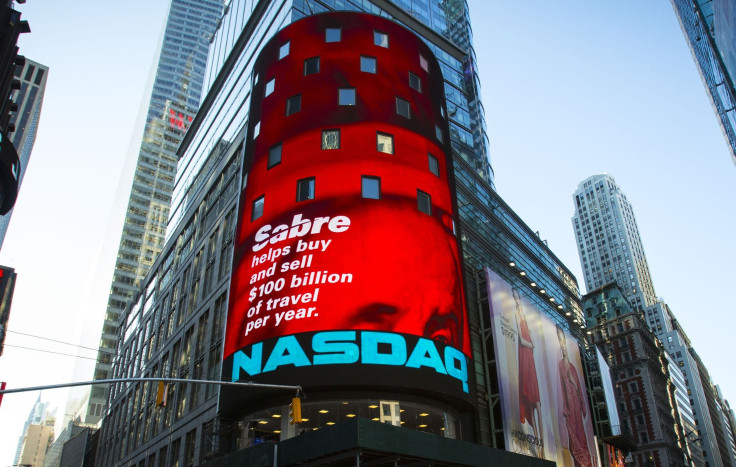Nasdaq Composite Closes At All-Time High Not Seen Since Dotcom Bubble In 2000

The Nasdaq composite closed at an all-time high Thursday, breaking a previous record set more than 15 years ago during the infamous dot-com bubble. The index gained 20.89 points, or 0.41 percent, to finish at 5,056.06, topping the close of 5,048.62 set on March 10, 2000. The next milestone the Nasdaq could cross is an intraday high of 5,132.52.
Shares of tech giant Apple Inc. (NASDAQ:AAPL) gained nearly 1 percent Thursday to lead the index higher ahead of the release of the Apple Watch on Friday.
Although technology companies are still driving the Nasdaq's current gains, the index looks very different from its profile in 2000. Tech firms make up around 43 percent of the Nasdaq composite in 2015, but the sector was nearly 57 percent of the index at the height of the tech bubble in 2000. The Nasdaq now has sizable positions in the health care and consumer discretionary sectors. The consumer services sector comprised only 0.5 percent in 2000 versus 21 percent in 2015, while the health care sector contributed only 4 percent 15 years earlier compared with 16 percent now.
The Nasdaq was also different in 2000 because it was composed mostly of Internet stocks; now the index has broader listings, including biotechnology and health care companies. The Nasdaq’s recent climb above the psychologically important milestone of 5,000 has been powered by its biotechnology components, with its biotech index gaining 20 percent since January.
A big difference between 2015 and 2000 is that most dot-com stocks were trading at a significant disparity from what their earnings results were, and the corporate valuations in the Nasdaq today are just a fraction of what they were during the dot-com bubble. The Nasdaq composite’s price-to-earnings ratio, or the ratio of a company's current share price to its per-share earnings, is around 24 compared with 194 during the index’s peak in 2000, according to FactSet. This means investors were willing to pay $194 for every dollar of earnings that the companies in the Nasdaq generated in 2000.
“We haven’t seen the type of euphoria in share prices now that we saw during the dot-com peak in 2000,” said Eric Wiegand, senior portfolio manager at U.S. Bank Wealth Management.
Another stark contrast between now and then is the rise of iPhone maker Apple, which now represents more than 10 percent of the Nasdaq’s value. Apple wasn’t even among the largest 20 companies by market value in the Nasdaq in 2000, but the iPhone maker’s market capitalization has grown from $4.8 billion in December 2000 to $755 billion today.
The Nasdaq is up 6.8 percent, or more than 320 points for the year.
© Copyright IBTimes 2024. All rights reserved.





















